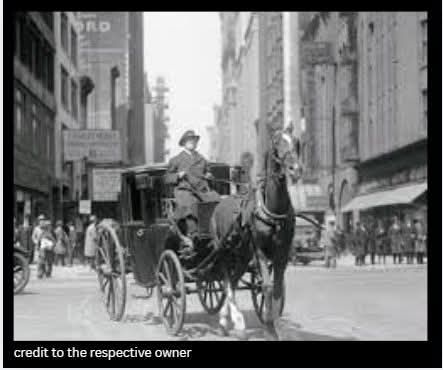On a gray April morning in 1922, a man quietly stepped out of history. His name was John Otterman, and for forty years, he had guided his horse-drawn cab through the streets of New York City—through storms, sunshine, and the relentless pace of change.
Beside him stood his partner: a 25-year-old horse whose hooves had echoed for decades over cobblestones, past gaslights, streetcars, and the rising skeletons of skyscrapers. They were a team built on rhythm and routine. No engine. No speed. Just patience and trust.
That day, Otterman parked his carriage for the last time. No parade. No applause. Just one photo—capturing two figures who had been part of the city’s heartbeat, now quietly replaced by machines with horns and gears.
He wasn’t angry. He wasn’t sad. Just still. Because he knew their work had mattered. They had carried people, yes—but also time itself. A gentler time, when directions came by voice and progress moved at the pace of a trot.
Not all goodbyes are loud. Some leave behind only hoofprints on pavement—and memories worth remembering.